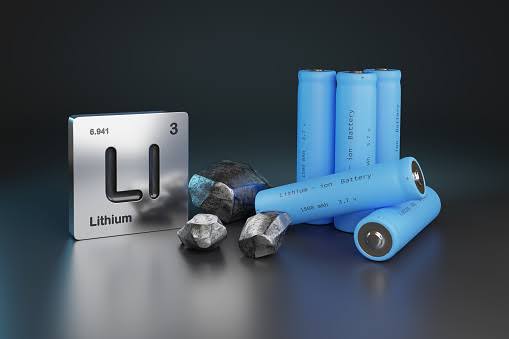
Lithium ion batteries are very popular today as they are commonly used in a variety of applications, including electronic devices and electric vehicles. Let’s dig deep about the pros and cons of them.
Table of Contents
Advantages of Lithium-Ion Batteries:
High Energy Density:
Lithium-ion batteries have a high energy density, meaning they can store a large amount of energy in a relatively small and lightweight package. This makes them ideal for use in portable electronics and electric vehicles, where weight and size are important considerations. The energy density in Lithium batteries ranges between 260-270 wh/kg, while lead-acid batteries range from 50-100 wh/kg.
Lithium-ion batteries have a high energy density because they use lithium ions to store energy. Lithium is a light and highly reactive element, which makes it an ideal choice for battery applications. The high energy density of lithium-ion batteries is achieved by using a cathode made of a lithium-based compound, which allows for the storage of large amounts of energy in a small space.
In a lithium-ion battery, the lithium ions move between the anode and cathode during charging and discharging. When the battery is charged, the lithium ions are attracted to the cathode, where they are stored. When the battery is discharged, the lithium ions move from the cathode to the anode, releasing energy. This movement of lithium ions creates an electric current that can be used to power devices.
The high energy density of lithium-ion batteries is due to the high energy storage capacity of the cathode, which is made of a lithium-based compound. The cathode is designed to store as many lithium ions as possible, which increases the energy density of the battery. Additionally, the use of lightweight materials in the construction of the battery, such as aluminum and plastic, further increases its energy density by reducing its overall weight.
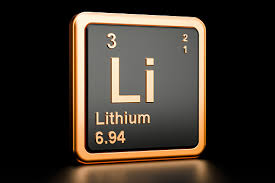
Longer Cycle Limit:
Lithium-ion batteries have a long cycle life, meaning they can be charged and discharged many times before they need to be replaced. This makes them more cost-effective in the long run, as they need to be replaced less often than other types of batteries.
Lithium-ion batteries have a longer cycle limit compared to other types of batteries due to the chemistry of the materials used in their construction. The cycle limit of a battery refers to the number of times it can be charged and discharged before its capacity begins to degrade.
Lithium-ion batteries use a cathode made of a lithium-based compound, which allows for the efficient storage and release of energy. This, in combination with the use of high-quality materials and advanced manufacturing techniques, helps to ensure that the battery remains stable and has a long cycle life.
Additionally, the way lithium-ion batteries are designed also helps to extend their cycle limit. They use a charge-limiting mechanism to prevent overcharging, which helps to protect the battery from damage and extend its life. Additionally, the use of a protective circuit helps to prevent the battery from discharging too deeply, which can also help to extend its cycle life.
In comparison, other types of batteries, such as nickel-cadmium or nickel-metal hydride, have a lower cycle limit due to the limitations of the materials used in their construction. These materials are less efficient at storing and releasing energy, which results in a shorter cycle life for the battery.
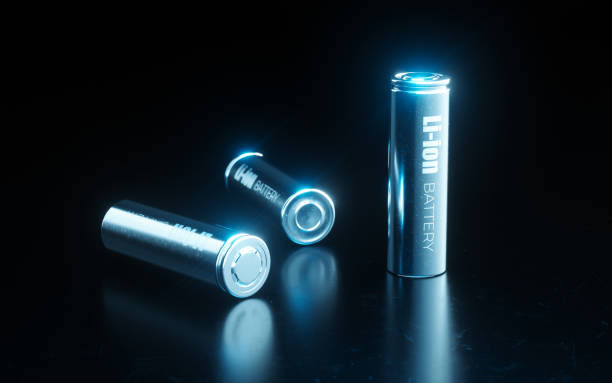
Lower Self Discharge Rate:
Lithium-ion batteries have a low self-discharge rate. It means they lose less of their charge when not in use compared to other types of batteries. This makes them ideal for use in devices that are not used frequently, such as remote controls or power tools.
They have a lower self-discharge rate compared to other types of batteries because of the materials used in their construction and the way they are designed. The self-discharge rate of a battery refers to the rate at which the battery loses its charge when not in use.
Lithium-ion batteries use a cathode made of a lithium-based compound, which has a lower self-discharge rate compared to other materials used in other types of batteries. This is because the lithium ions in the cathode are highly stable and do not easily leak or discharge. Additionally, the use of high-quality materials and advanced manufacturing techniques helps to ensure that the battery remains stable and has a low self-discharge rate.
Furthermore, the design of the battery also contributes to its low self-discharge rate. Lithium-ion batteries use a protective circuit to prevent overcharging and deep discharging, which helps to reduce the amount of energy lost from the battery due to self-discharge.
In comparison, other types of batteries, such as nickel-cadmium or nickel-metal hydride, have a higher self-discharge rate due to the limitations of the materials used in their construction. These materials are less stable and are more prone to leaking or discharging, which results in a higher self-discharge rate for the battery.

Wide Operating Temperature:
Lithium-ion batteries can operate over a wide temperature range. It makes them suitable for use in a variety of different environments.
Lithium-ion batteries have a wide temperature range due to the materials used in their construction and the way they are designed. Typically ranged between -20°C to 60°C (-4°F to 140°F). However, the exact temperature range may vary depending on the specific type of lithium-ion battery and its design.
Lithium-ion batteries use a cathode made of a lithium-based compound, which is able to perform well in a wide range of temperatures. This is because the lithium ions in the cathode are highly stable and do not easily degrade or react with other materials, even at high temperatures. Additionally, the use of high-quality materials and advanced manufacturing techniques helps to ensure that the battery remains stable and performs well over a wide temperature range.
The design of the battery also contributes to its wide temperature range. Lithium-ion batteries use a protective circuit to prevent overcharging and deep discharging, which helps to maintain the stability of the battery even at extreme temperatures. Additionally, the use of a temperature management system can also help to regulate the temperature of the battery and ensure that it performs well in a wide range of temperatures.
In comparison, other types of batteries, such as nickel-cadmium or nickel-metal hydride, have a more limited temperature range due to the limitations of the materials used in their construction. These materials are less stable and are more prone to degradation or reaction with other materials, especially at high temperatures, which results in a more limited temperature range for the battery.
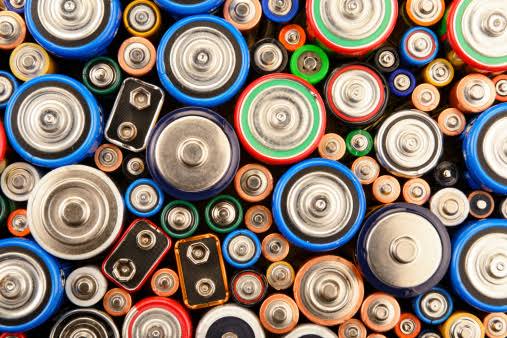
Zero Memory Effect:
Unlike some other types of batteries, lithium-ion batteries do not have a memory effect, meaning they do not need to be fully discharged before being recharged. This makes them more convenient to use and reduces the risk of damage to the battery.
The memory effect refers to a phenomenon in which a battery “remembers” the level of charge it was last charged to, and only discharges to that level in the future. This can reduce the overall capacity of the battery over time.
Lithium-ion batteries do not suffer from the memory effect because they do not have the same mechanism of charge and discharge as other types of batteries. Lithium-ion batteries use a lithium-based cathode, which allows for a more efficient and uniform charge and discharge process. This means that the battery does not “remember” the last level of charge and is able to discharge to its full capacity every time it is used.
Additionally, the design of the battery, including the use of a protective circuit, helps to prevent overcharging and deep discharging, which can also contribute to the memory effect in other types of batteries. By preventing these issues, the battery is able to maintain its full capacity over time. All these factors help to ensure that the battery does not “remember” the last level of charge and is able to discharge to its full capacity every time it is used.
In comparison, nickel-cadmium and nickel-metal hydride batteries have a memory effect because they use a different mechanism of charge and discharge. These batteries can become “conditioned” to the level of charge they were last charged to, and will only discharge to that level in the future, which can reduce the overall capacity of the battery over time.
READ HOW TO CARE YOUR EV BATTERY
Disadvantages of Lithium-Ion batteries:
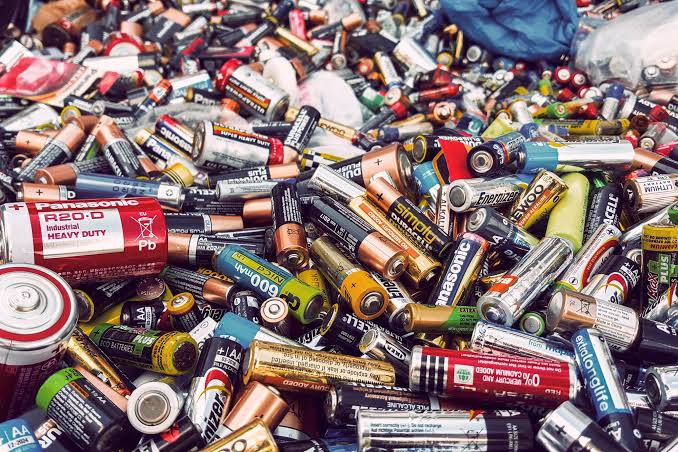
Overheating:
Lithium-ion batteries have a tendency to overheat and catch fire under certain conditions, leading to safety concerns about their use in electric vehicles and other applications where a failure of the battery could be dangerous. one should carefully read the manuals and use the batteries according to the specifications in them.
Overcharging:
Lithium-ion batteries are vulnerable to overcharging, which can cause permanent damage to the battery. This makes it important to carefully monitor and control the charging process.However this is not a major issue at all when one uses it in the field.
Limited Charging Cycles:
Although lithium-ion batteries have a long cycle life, they are still limited in the number of charge/discharge cycles they can undergo before they begin to degrade. This is normal to every battery and every object in the universe.
High Cost:
Lithium-ion batteries are more expensive than other types of batteries, due to the cost of the materials used in their construction and the cost of the manufacturing process. Though in long run it is still cost effective than gas and other kind of batteries.

Heavy on Environment:
The production and disposal of lithium-ion batteries can have negative environmental impacts. There are several reasons for this.
- Resource Destruction : Lithium, cobalt, and other metals used in lithium-ion batteries are often mined in areas where environmental regulations are lax, leading to serious environmental degradation, including soil and water pollution and habitat destruction.
- Manufacturing Pollution: The production of lithium-ion batteries involves the use of toxic chemicals and solvents, which can release pollutants into the air and water and contribute to environmental pollution.
- End-of-life Disposal: At the end of their useful life, lithium-ion batteries must be properly disposed of to avoid environmental contamination. However, many batteries are not properly recycled and end up in landfills, where they can leach toxic chemicals into the soil and water.
- Carbon footprint Problem: The production and transportation of lithium-ion batteries requires energy and generates greenhouse gas emissions, contributing to global warming and climate change.
- Water usage Problem: Lithium mining is a water-intensive process, and the extraction of lithium from brine can consume large amounts of water, leading to water scarcity in some regions.
In Future, though a lot of research is going on to develop batteries with more safety features and less risk and environmental issues. As it is predicted that Sodium batteries may replace Lithium in Future. We will be looking forward to get You their story soon.
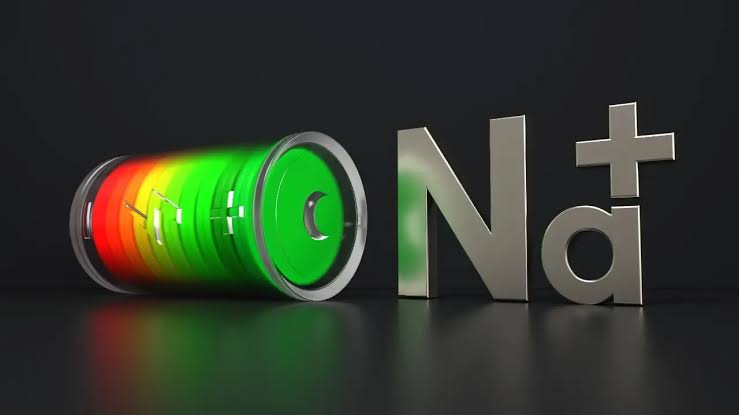
(Images acknowledgement: Unsplash, istockphoto,the Washington Post, Chemistry world and Blackrigde research. Featured image: Unsplash. Gratitude to all of them.)
To know more about Lithium ion battery specifications follow Wikipedia